Which Organism In The Table Causes The Most Severe Disease?
Which organism in the table causes the most severe disease?. Candida albicans is a normal part of the human commensal flora however it is also the most common fungal species that can cause human disease. They can be caused by either parasites bacteria or viruses. Symptoms of Hirschsprung disease usually start in very young children but may occur later.
The causes of jaundice in the intensive care setting is both due to jaundice as the primary reason for ICU stay or as a morbidity to an underlying disease ie. Peanuts and other nuts have the capability to cause severe allergic reactions that may induce life-threatening conditions such as difficulty in breathing tissues swelling up and blocking the airways and anaphylaxis shock. Jaundice is commonly associated with severity of disease with an incidence of up to 40 of patients requiring intensive care in ICU experiencing jaundice.
If blisters able to be covered and child feeling well they will not need to be excluded. Also called ischemic heart disease CAD occurs when the blood vessels that. Adults 65 years or older American Indians and Alaska Natives are also at increased risk for developing H.
Communicable which are caused by pathogens and can be transferred from one person to another or from one organism to another - in humans these. By contrast several thousand species exist in the human digestive system. Staphylococci can cause bacterial endocarditis particularly in injection drug users and usually involving the tricuspid valve.
Coughing sneezing and poor hand washing. One of the bacterial diseases with the highest disease burden is tuberculosis caused by Mycobacterium tuberculosis bacteria which kills about 2 million people a year mostly in sub-Saharan Africa. Other common and less life-threatening symptoms include coughing sneezing running nose itchy and red eyes skin rashes.
Staphylococcus is also the most common cause of hematogenously spread vertebral osteomyelitis and diskitis. Hand foot and mouth disease. This is in contrast to dengue for which primates are the only hosts.
Most common during winter months. A flu virus can cause a runny nose muscle aches and an upset stomach.
A flu virus can cause a runny nose muscle aches and an upset stomach.
One of the bacterial diseases with the highest disease burden is tuberculosis caused by Mycobacterium tuberculosis bacteria which kills about 2 million people a year mostly in sub-Saharan Africa. Fever flu-like symptoms rash on soles and palms and in the mouth. Staphylococci can cause bacterial endocarditis particularly in injection drug users and usually involving the tricuspid valve. This is in contrast to dengue for which primates are the only hosts. The length of the CAG repeat the type of mutation in the HTT gene responsible. Air borne droplets of sneeze. Coughing sneezing and poor hand washing. The average age at death ranges from 51-57 years but the range may be broader. Most common during winter months.
Aureus accounts for 90 of the pyomyositis cases in the tropics and 70 of cases in the developed world. The most common cause of viral pneumonia in adults is the influenza virus. Fever flu-like symptoms rash on soles and palms and in the mouth. The most common fungal agent is Candida spp and influenza virus is. A person with a bacterial infection will often experience redness heat swelling fever and pain at the site of infection. Malaria is a parasitic infection transmitted by Anopheline mosquitoes. A flu virus can cause a runny nose muscle aches and an upset stomach.
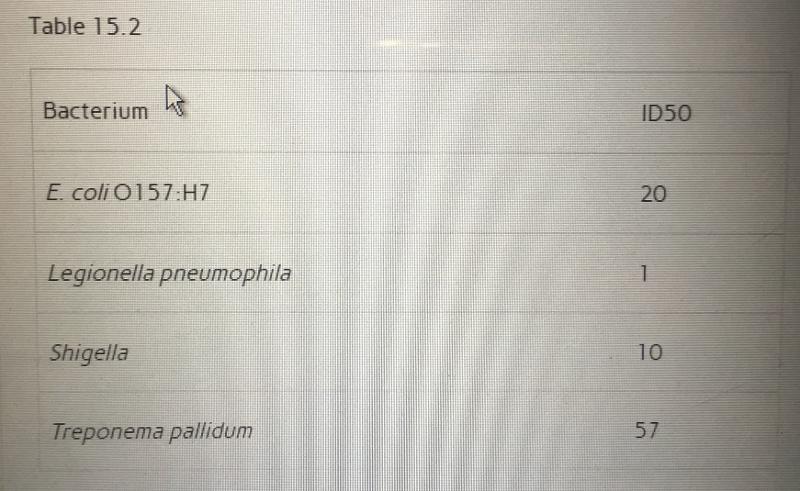




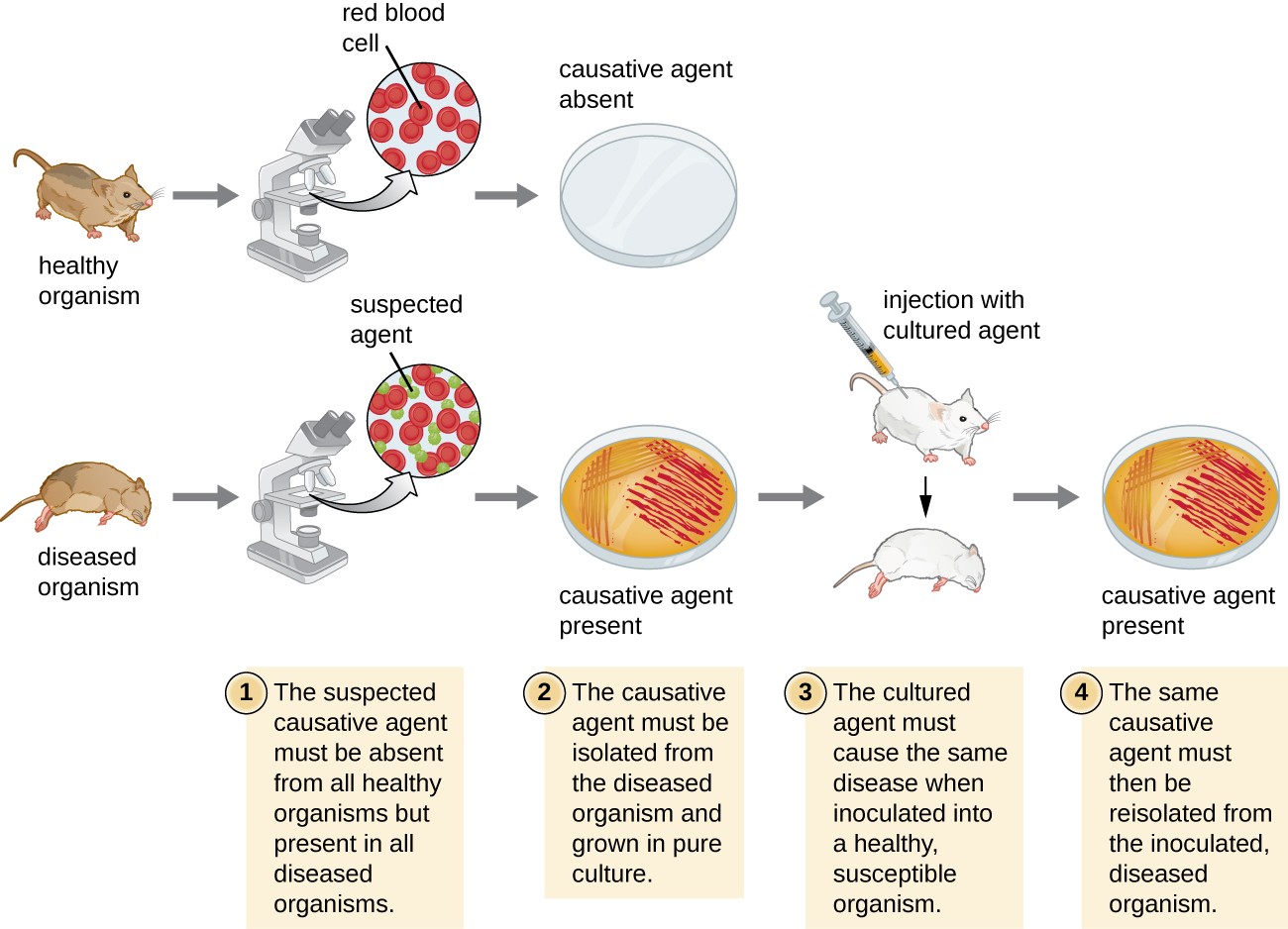
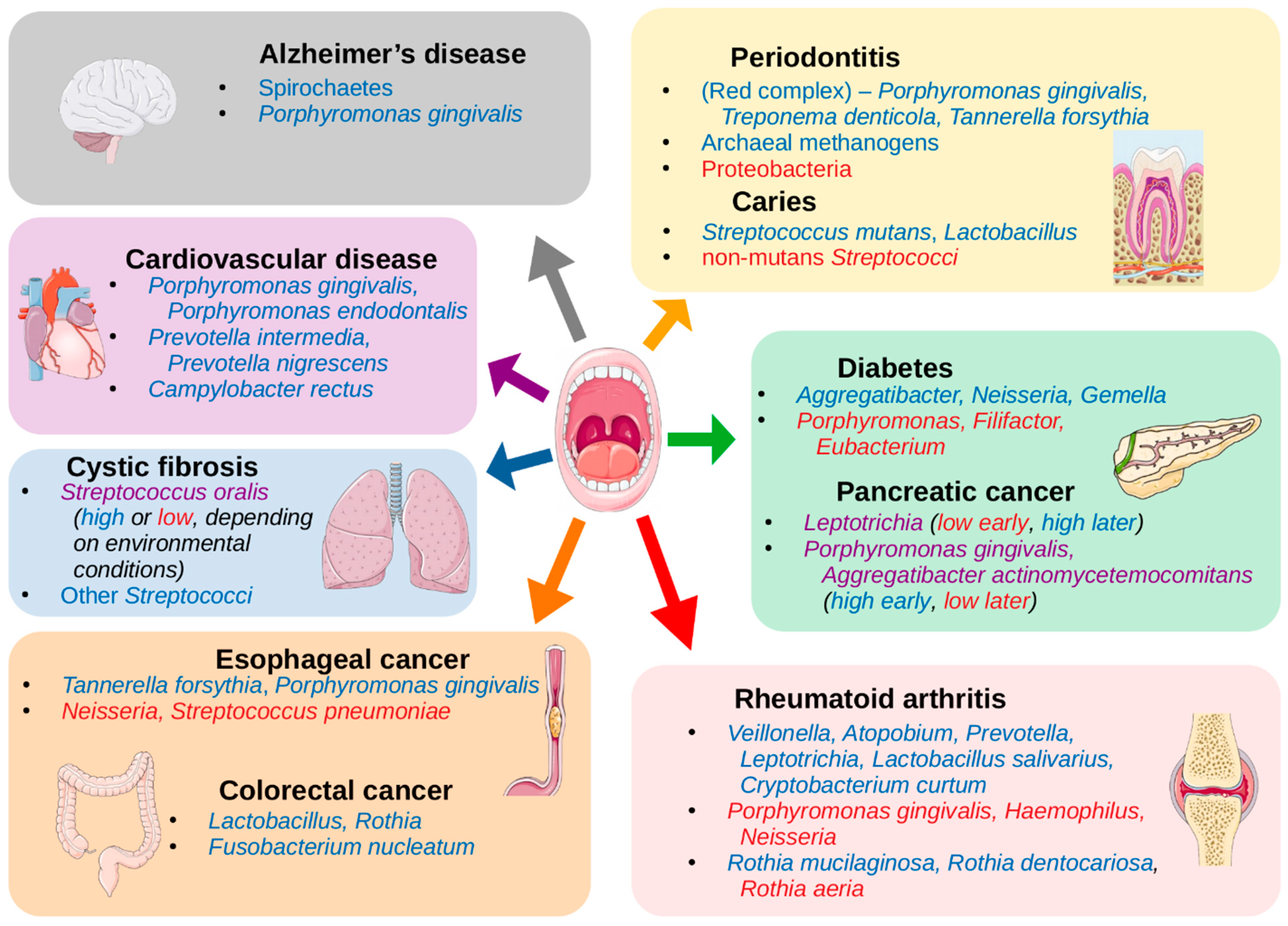

:max_bytes(150000):strip_icc()/what-is-a-bacterial-infection-7705652_final-2f1b8b2429b2495c8333b584512d3afa.jpg)


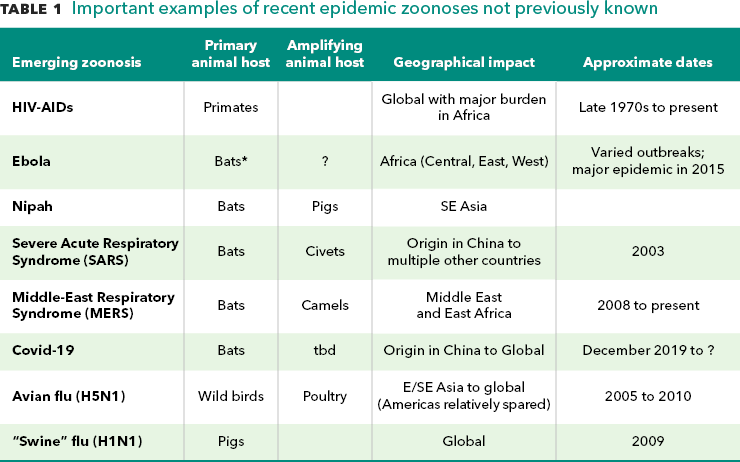





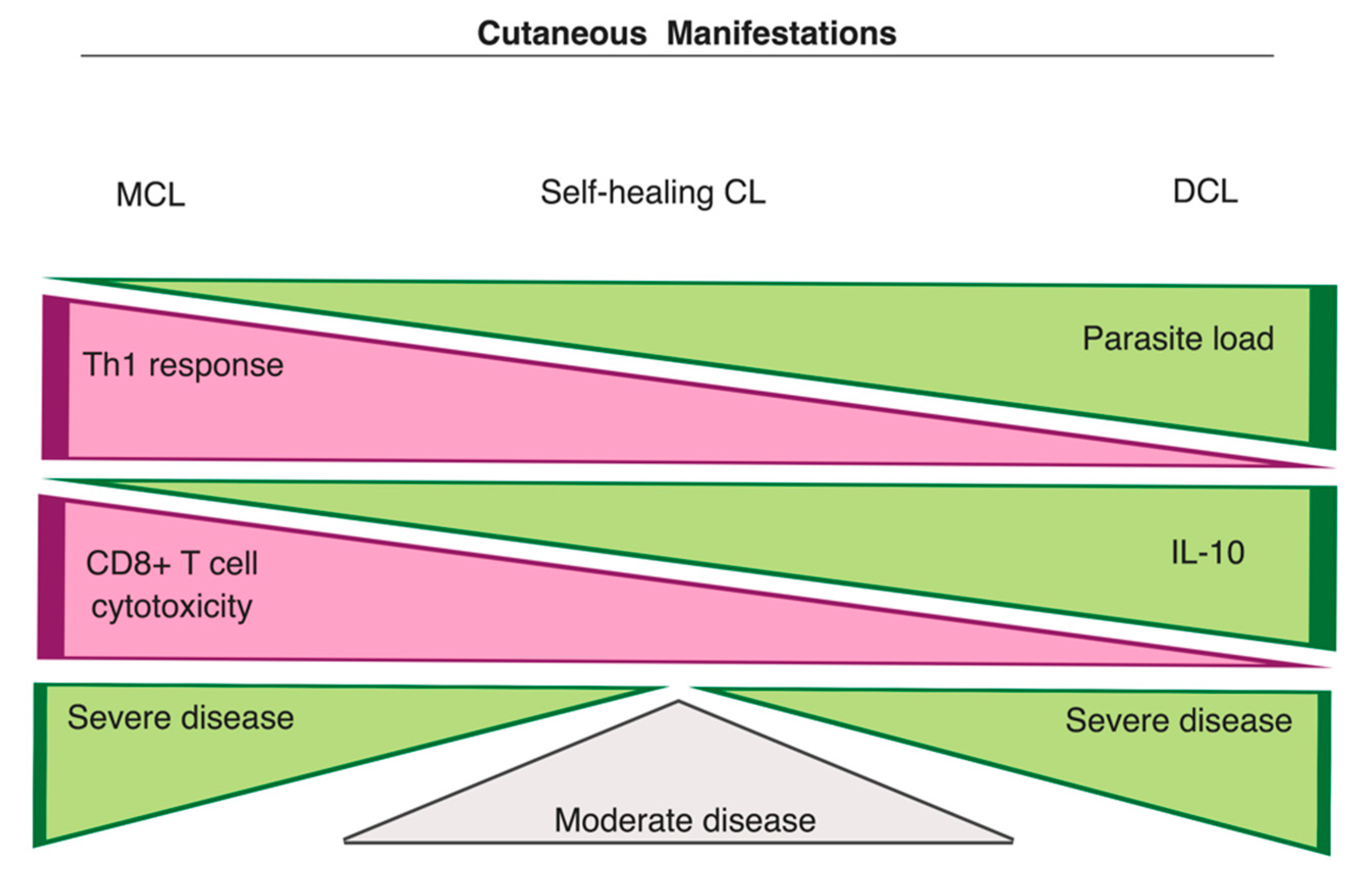

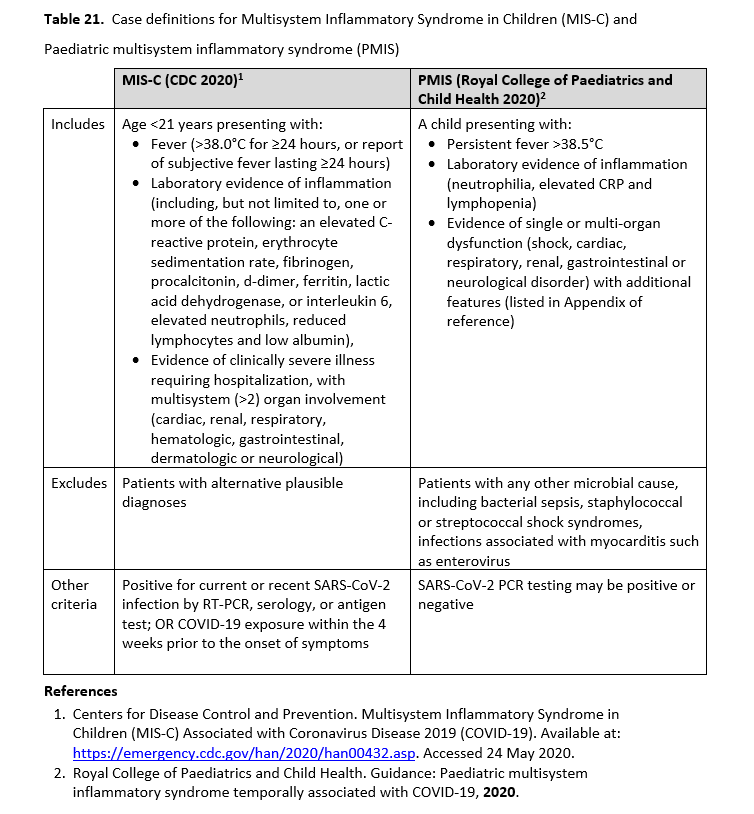
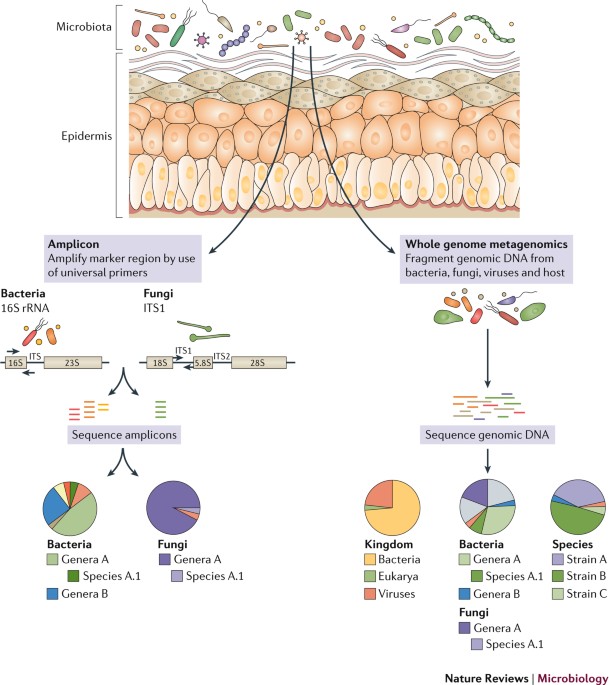

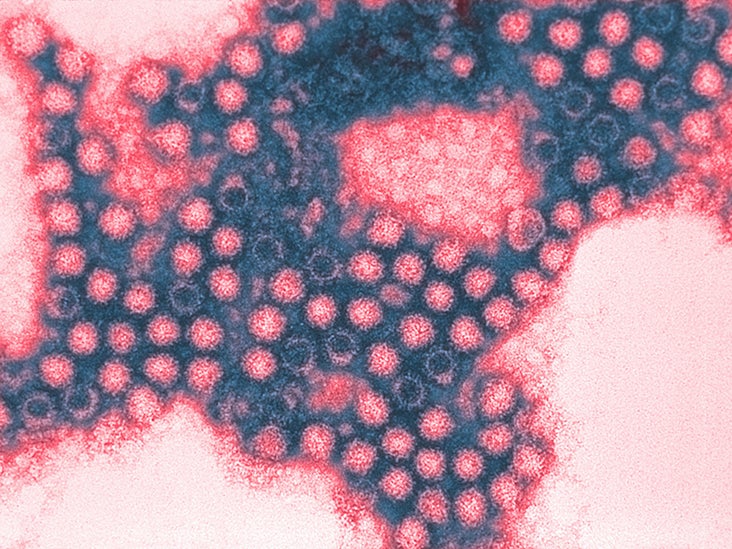
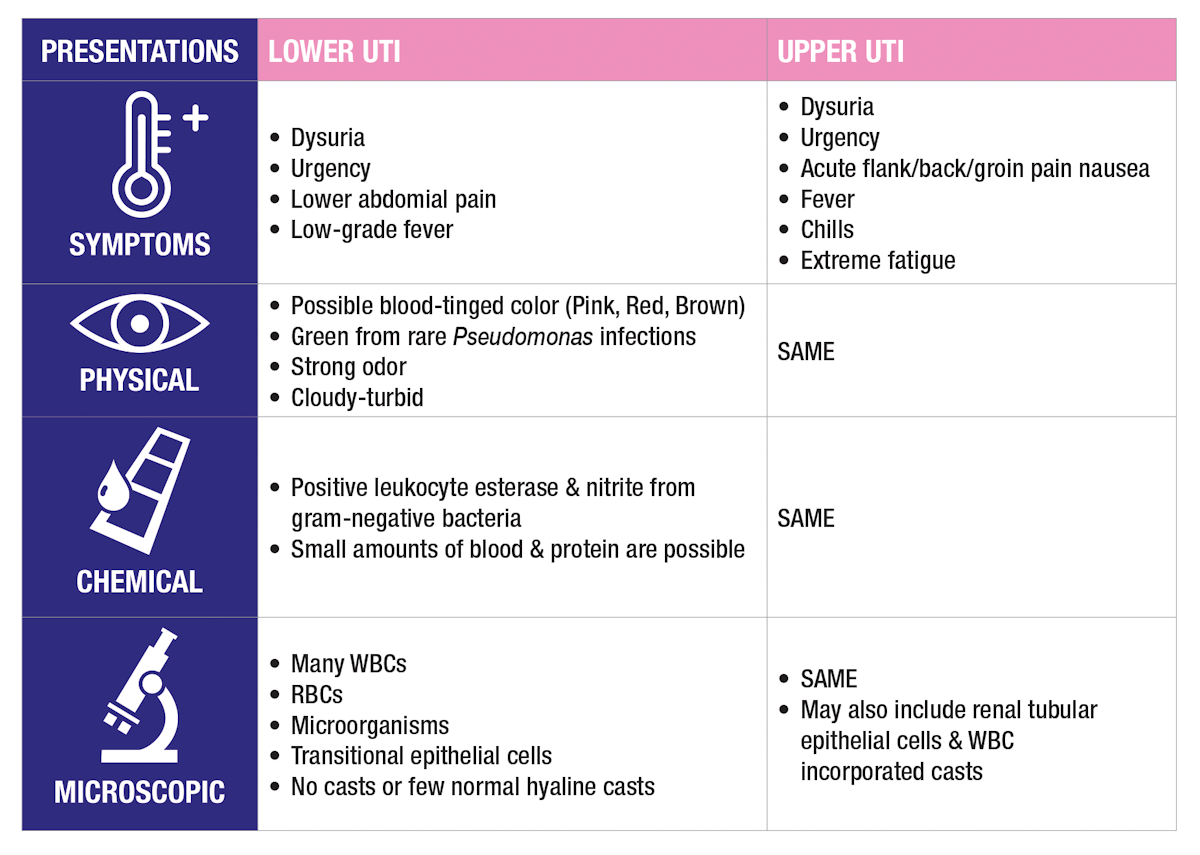

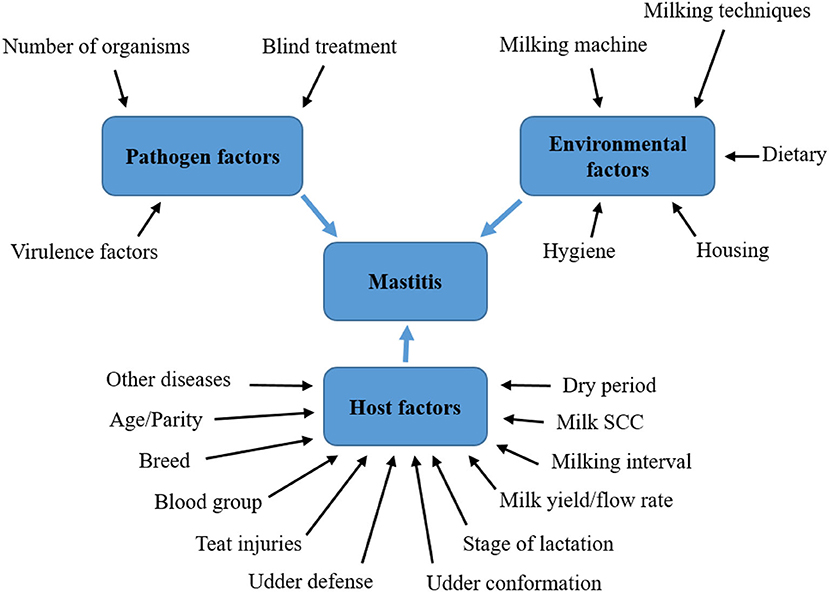
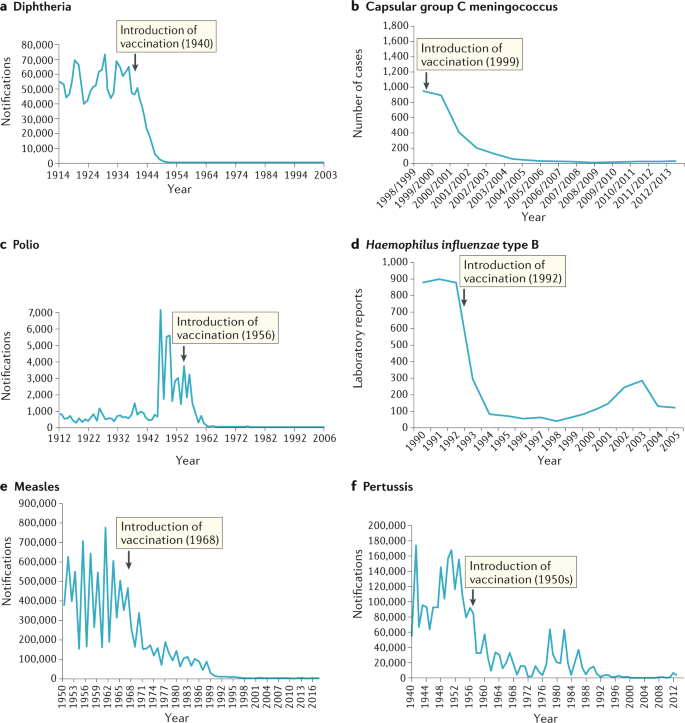
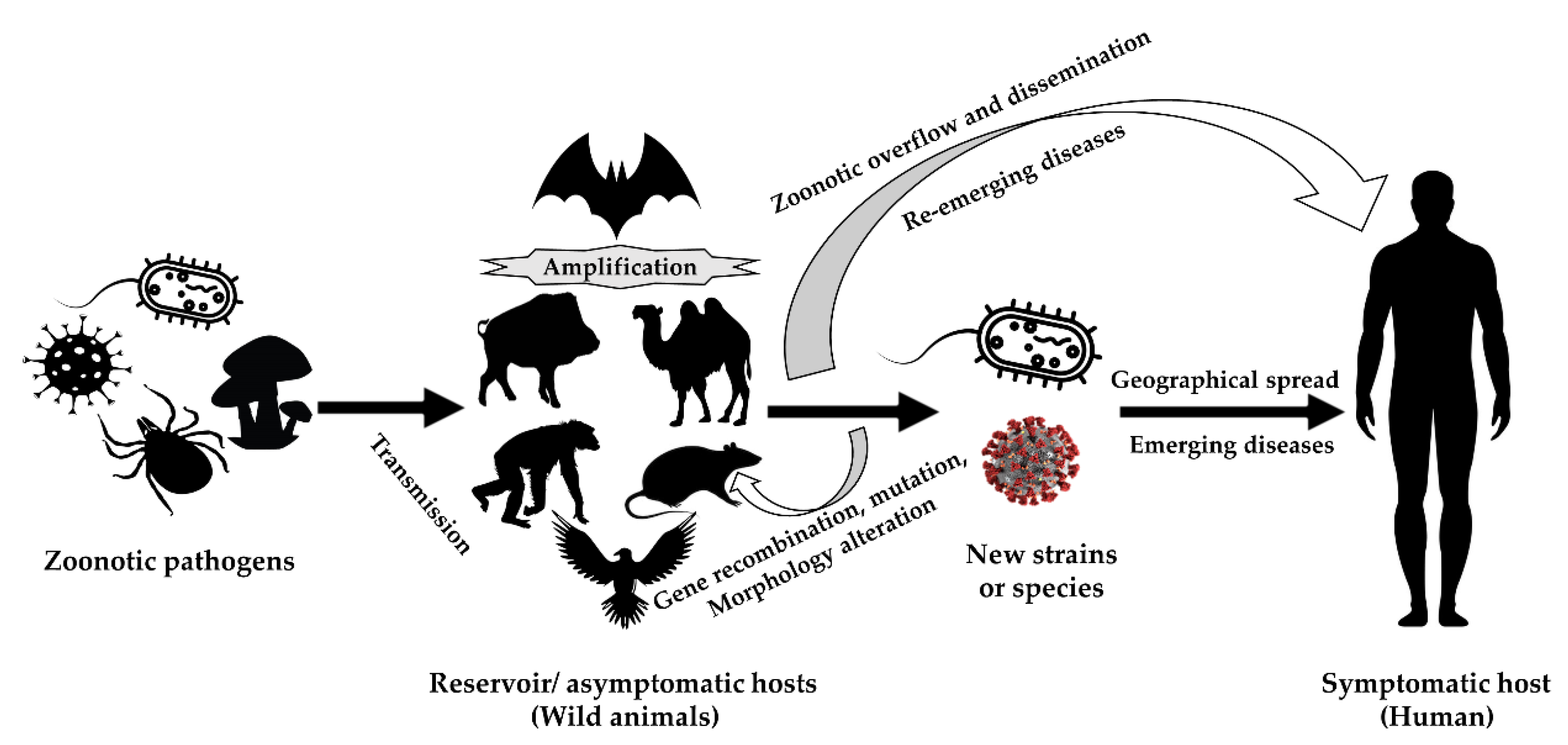

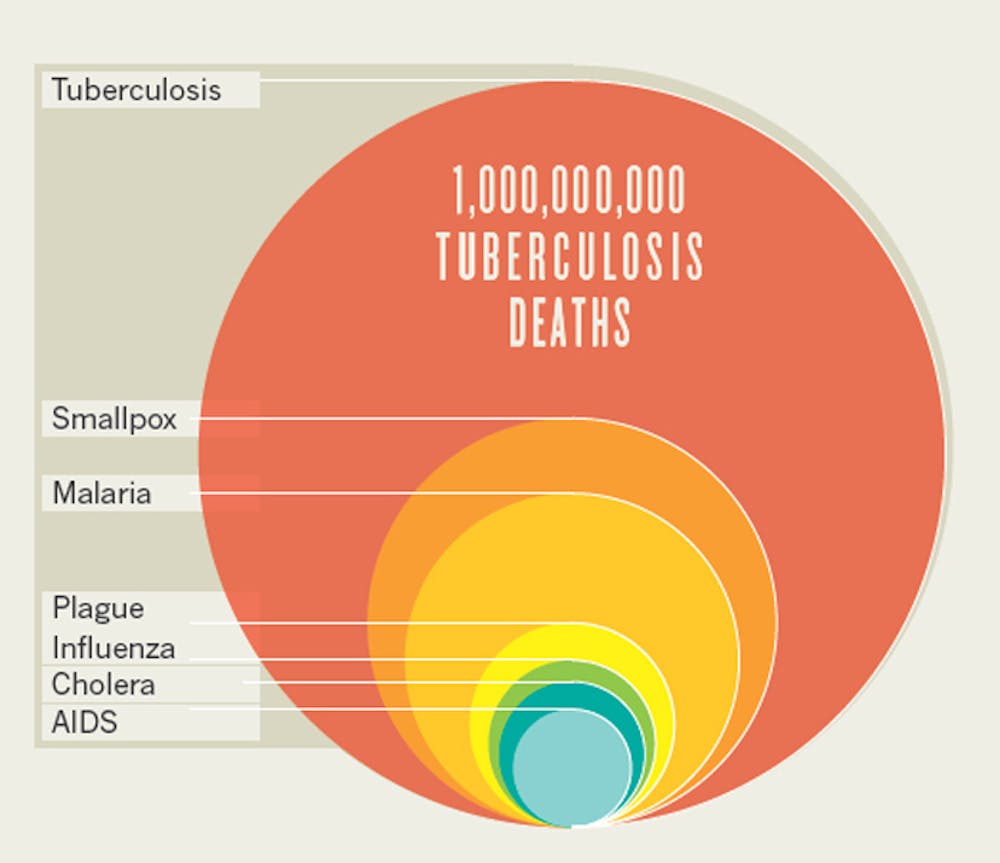

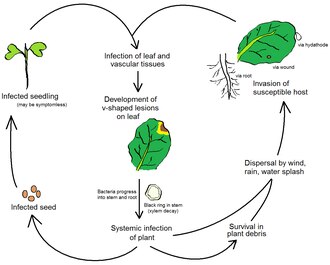








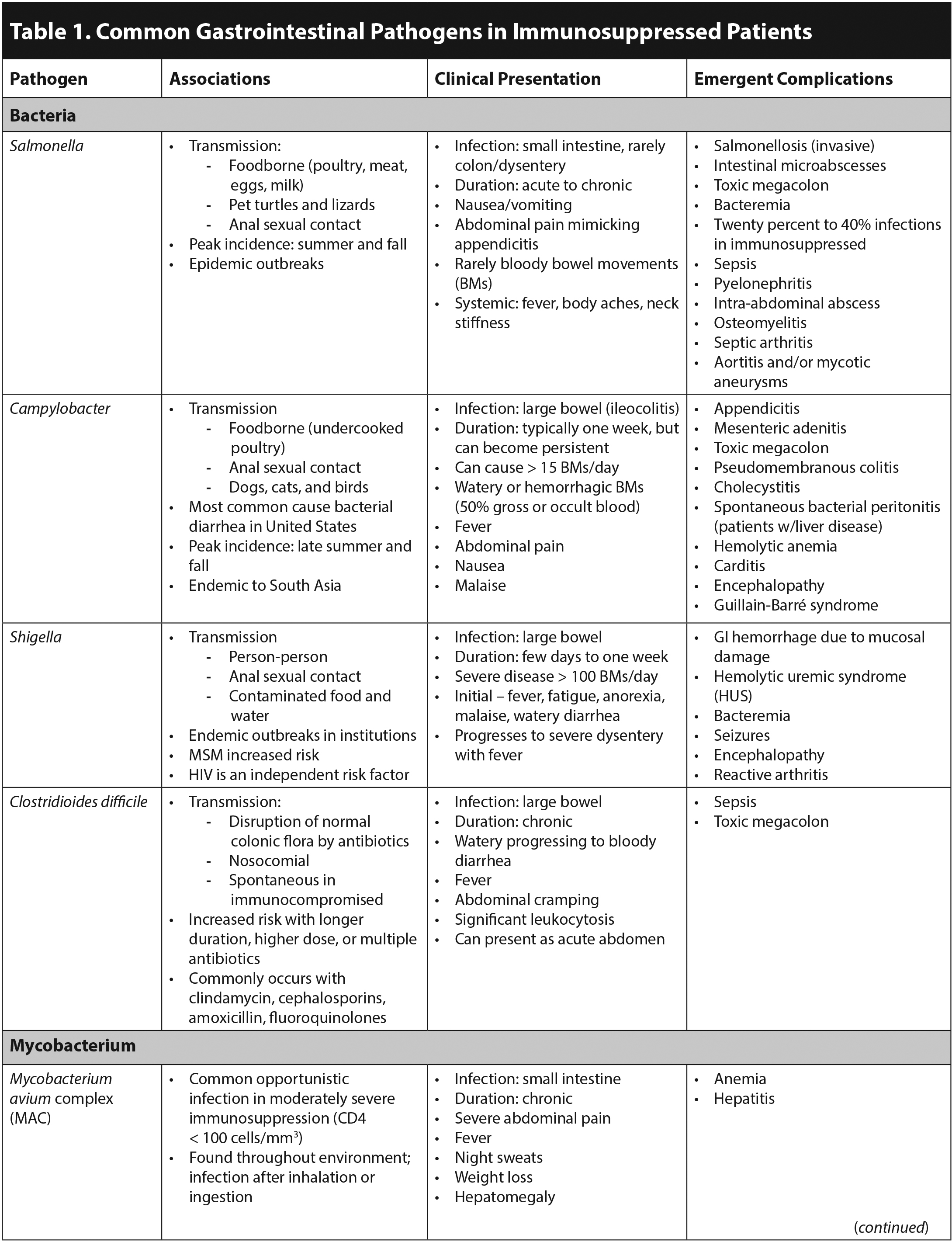



Post a Comment for "Which Organism In The Table Causes The Most Severe Disease?"